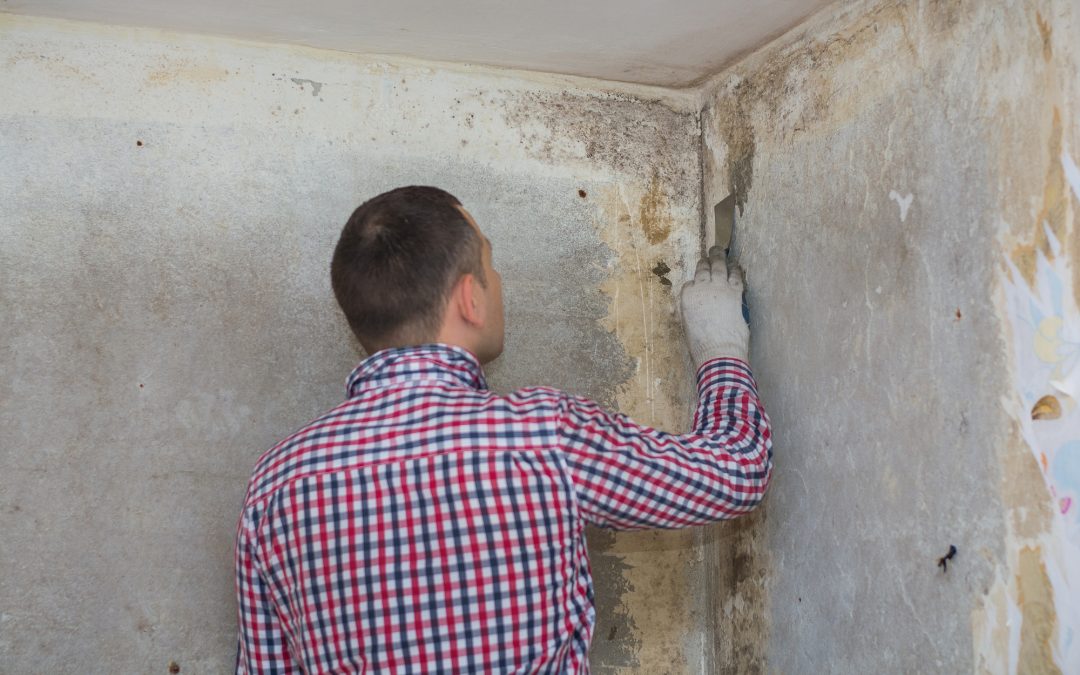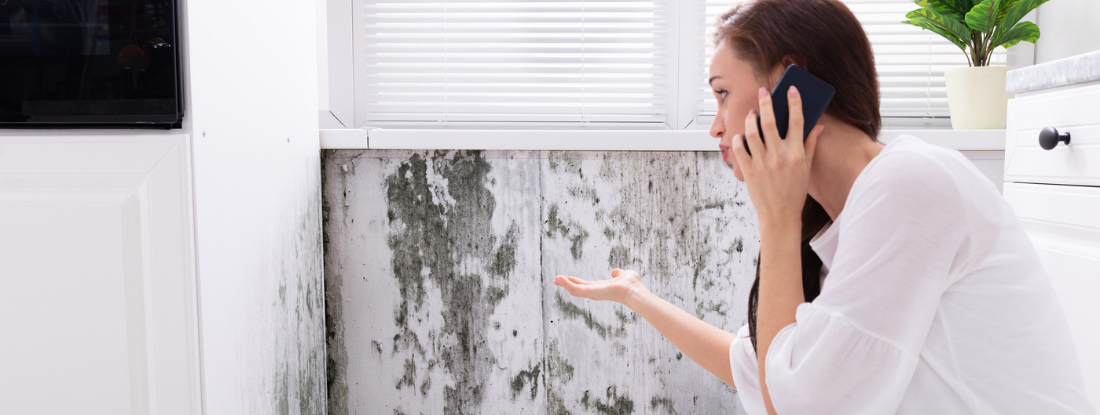Key Steps for Effective Blog Post Mold Remediation
Addressing mold problems in a reliable and timely way is crucial for maintaining a healthy and balanced interior atmosphere. Successfully completing mold remediation is a diverse procedure that calls for attention to detail and adherence to details procedures. From examining treated locations to executing dampness control steps, each step plays an important function in making sure the effectiveness of the remediation procedure. Nonetheless, there are essential post-remediation steps that are just as vital however usually forgotten. These steps not only verify the success of the remediation efforts however additionally contribute to protecting against future mold growth.
Inspection of Treated Locations
Upon completion of the mold and mildew remediation procedure, a complete assessment of the dealt with locations is vital to make certain the performance of the remediation efforts. This inspection offers as an important action in the post-remediation phase to confirm that the mold and mildew removal and cleaning procedures achieved success in removing the mold problem and restoring a safe interior atmosphere. The inspection must be performed by certified specialists who have the experience to evaluate the remediated locations meticulously.
These include aesthetic assessments to examine for any kind of indicators of mold growth or water damages, dampness degrees to verify that the area is free and dry of excess moisture that can advertise mold re-growth, and air high quality screening to make certain that the interior air is secure to take a breath. Additionally, the evaluation might involve making use of specialized tools such as dampness meters and thermal imaging cams to identify hidden mold or dampness pockets that can lead to future mold and mildew troubles if left unattended.

Wetness Control Actions
Reliable wetness control measures are important for stopping mold growth and keeping a healthy interior atmosphere. To accomplish this, it is critical to attend to sources of moisture within the structure. Appropriate ventilation is crucial to controlling moisture degrees. Mounting exhaust followers in bathrooms and kitchen areas can aid remove excess moisture. In addition, using dehumidifiers in wet areas can help minimize moisture levels, making it harder for mold to thrive.
Consistently keeping the structure and inspecting's exterior can additionally stop wetness intrusion. Post Mold remediation cleaning. Making sure that seamless gutters are clear, downspouts direct water away from the foundation, and the roof is in excellent condition can aid stop water from seeping right into the building. Properly securing windows and doors can likewise help maintain dampness out
In cases where water damages occurs, punctual action is needed. Any leakages or spills must be cleaned and dried within 24-48 hours to protect against mold development. Using wetness meters can help identify concealed resources of water and make sure comprehensive drying out. By carrying out these moisture control actions, the danger of mold reoccurring can be substantially decreased, creating a much healthier indoor atmosphere.
Correct Ventilation Evaluation
An essential aspect of ensuring a healthy and balanced interior setting article mold and mildew removal is carrying out a comprehensive assessment of the air flow system. Proper air flow evaluation plays a vital function in stopping future mold growth and maintaining air top quality within the afflicted area.
Furthermore, assessing the air flow system includes examining the circulation of air throughout the location to determine any type of areas of poor blood circulation where wetness and contaminants could gather. Correct air flow not just helps in controlling moisture degrees yet additionally aids in removing airborne mold spores and other toxins, therefore enhancing total indoor air quality. By resolving any kind of ventilation problems upload mold and mildew remediation, building proprietors can produce a healthier and more comfy setting for owners while reducing mold removal at home the risk of mold and mildew re-infestation.
Cleaning and Disinfection Protocols
To ensure thorough mold removal, precise adherence to particular cleansing and disinfection methods is vital. Cleaning and sanitation methods play a vital role in the post-mold remediation phase to prevent the recurrence of mold development and guarantee a healthy and secure environment.
After the preliminary cleansing, extensive sanitation of the impacted areas is necessary to kill any kind of remaining mold spores and inhibit their expansion. This action is important in avoiding the spread of mold and mildew to various other parts of the home. In addition, executing safety nets such as applying mold and mildew inhibitors and keeping appropriate air flow can assist decrease the danger of future mold and mildew infestations. By adhering to strict cleansing and sanitation methods, property owners can make certain the successful obliteration of mold and develop a healthy indoor setting for residents.
Monitoring and Upkeep Plan
Carrying out a normal monitoring and maintenance strategy is necessary browse around this web-site for making certain the long-lasting performance of mold and mildew removal efforts. As soon as mold removal is completed, it is vital to establish a monitoring routine to assess the success of the remediation process.
Furthermore, developing a maintenance plan is crucial to avoid future mold and mildew concerns. This strategy might consist of activities such as fixing pipes leakages, enhancing ventilation, and regulating interior moisture degrees. Regular maintenance not just helps in stopping mold and mildew yet also contributes to maintaining a healthy indoor atmosphere. It is recommended to record all surveillance and maintenance activities to track development and ensure uniformity in the upkeep of the remediated areas. By applying an extensive monitoring and maintenance plan, the risk of mold re-emergence can be substantially minimized, promoting a safe and clean living or functioning environment.
Final Thought
Finally, effective article mold and mildew remediation involves complete assessment of dealt with areas, execution of dampness control measures, assessment of appropriate ventilation, adherence to cleaning and disinfection procedures, and establishment of a tracking and maintenance plan. These vital actions are vital to ensure that mold growth is efficiently eliminated and prevented from repeating in the future. By following these guidelines, home owners can maintain a secure and healthy and balanced environment for owners.
Upon completion of the mold remediation procedure, a detailed assessment of the treated locations is imperative to ensure the performance of the remediation initiatives. These include visual analyses to inspect for any signs of mold and mildew development or water damage, moisture levels to validate that the location is totally free and dry of excess moisture that could advertise mold and mildew re-growth, and air top quality screening to make certain that the indoor air is safe to take a breath. Additionally, the evaluation may entail site link utilizing specialized tools such as wetness meters and thermal imaging cameras to detect surprise mold or moisture pockets that can lead to future mold and mildew problems if left uncontrolled. By attending to any air flow issues upload mold and mildew remediation, home owners can produce a healthier and extra comfortable atmosphere for occupants while lowering the danger of mold and mildew re-infestation.
